The guys in my Wednesday gaming group started a push to play more of the old, dust-covered games at the bottom and backs of our respective game closet shelves. The premise was simple: let’s try to remember why we keep all these old games when all we ever play now are the newest, shiniest things in shrink.
Right on the spot, the Dusty Euro Series was born, and I’ve enlisted multiple game groups to help me lead the charge on covering older games.
In order to share some of these experiences, I’ll be writing a piece from time to time about a game that is at least 10 years old that we haven’t already reviewed here at Meeple Mountain. In that way, these articles are not reviews. These pieces will not include a detailed rules explanation or a broad introduction to each game. All you get is what you need: my brief thoughts on what I think about each game right now, based on one or two fresh plays.

Florenza: What Is It?
Florenza is a 2-5 player worker placement game that plays in about 45-60 minutes per player. The box says the game can be played in two hours with five players…and I’ll politely say that there ain’t no way that is happening!!
Over the course of eight rounds, Florenza asks players to invest in artists who must build artwork all over the city of Florence during the Renaissance period. To do that, players will send workers to gather resources from workshops built by themselves as well as other players, while also donating to clergymen in order to gather additional resources and hire more workers. At the end of each round, the player with the most prestige points becomes the Captain of the People, which grants that player the right to go first in the following round as well as earn additional fringe benefits. (This player’s score for the round is then reset to zero, then they are paid out in cute prestige point certificates that reminded me of the auto and fire insurance certificates from The Game of Life. This gives other players a leg up to become Captain of the People in future rounds.)
A separate track measures influence with the Church, and the player who leads that track becomes the Bishop for each round, earning different benefits as well as going second in each round. In maybe my favorite twist with the rules, a player can be both the Captain and the Bishop, in which case they take the first AND second action of a round before any other player can act. Don’t let a frontrunner take too much control!!
Players score points by completing artwork, but they can also earn points when other players use their workshops. Florenza’s mechanic here is the version I prefer: players have to pay an opponent prestige points to use their building, meaning that they lose a point while the workshop owner gains a point. Even during my single play of Florenza, I could see the sweet money drip that comes from building the right workshops that are attractive to others at the table.
Each round is built around eight phases, including income and worker placement, before a clean-up phase resets the available artists for a round and everyone clears their workers from the board. Points come from a variety of sources, while players can also lose points at the end of the game based on any areas of their personal player board—representing their family art and workshop holdings in the city—that were not developed during play.
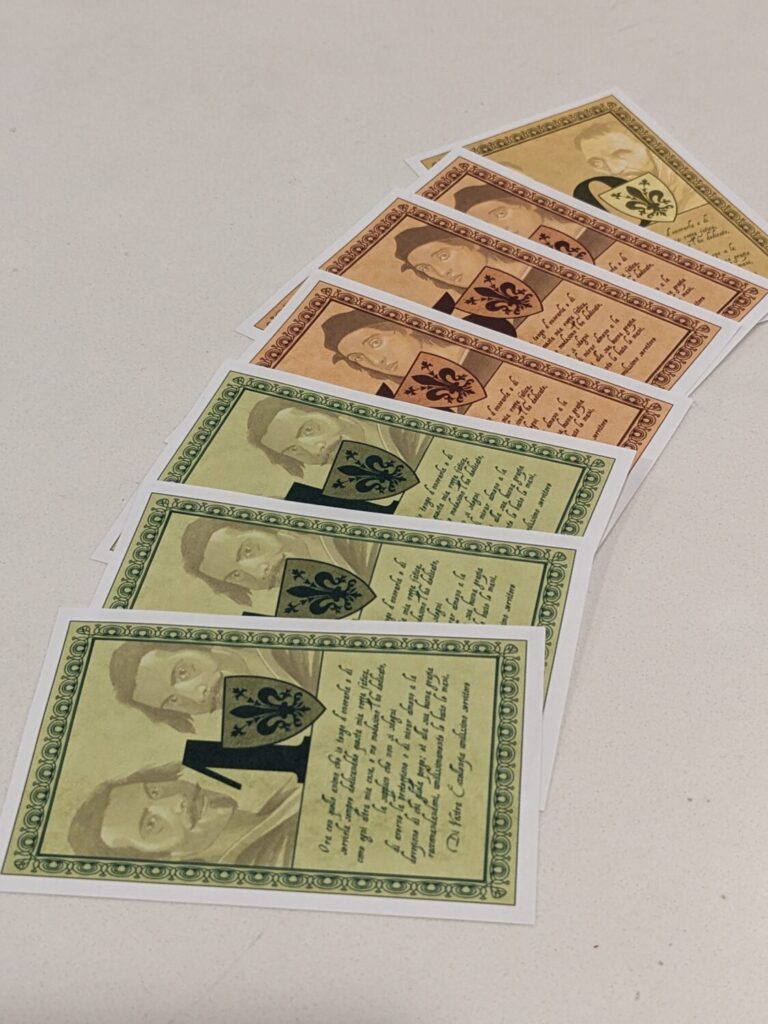
I’m Intrigued
Florenza’s biggest issue is its playtime; even at two players, we found that the game’s round structure takes a lot of time. For example, Florenza is one of those worker placement games where everyone places workers in one phase, before executing the action of those spaces in a separate phase. Going to the market is an individual phase, and because of the resources needed to do most game actions, using the market’s three actions per player takes time as well. All in, each round took about 20 minutes with just two players…and there are not less workers or less artists or less things to do with more players.
That means I will almost never try to table Florenza with a full five-player count.
But there’s so much to like here. There are almost 30 unique workshop tiles, many of which have only one copy available. That meant some of the tiles became a race right as the game began, so I like the tension tied to the limited availability of those resource options. Some workshops provide cash and some provide resources, so finding the right balance was crucial during that first play.
The powers granted by the Captain of the People and the Bishop made for a worthy race. The Captain can “detain” one of the artists from the market for their own personal use later. That became very handy when shopping for the cheapest artist that could do the painting, sculpture, or architecture targeted by the active player. The game creates a wider artist market by including “unnamed” artists who can be hired for free, but unnamed artists do not grant many (sometimes, any!) bonus points when a piece of art is completed, so the race was always interesting to get the right people for the job.
Eagle-Gryphon Games provided a copy of Florenza’s second edition, which includes notes on the updated rules from the first edition. Not surprising for an EGG production, Florenza’s second edition is quite a looker, with sharp artwork provided by Ivan Zoni, Valeria Gobbi, and Daniele Zurla. (I particularly love the distinct difference tied only to the hairstyles of the unnamed artists!) The player aids that detail what each workshop does is perfect and the rulebook did a great job of laying out the order of play. And while the font is miniscule (I’m getting older faster than I think), the workshop tiles have the kind of iconography that rarely required any reference to the main rulebook.
One strategic element remains a question mark: are white and gray cubes—and by extension, the workshops that produce them—overly important? Certainly, white cubes are the most valuable resource in the game, because they are needed to build such a large percentage of the game’s artwork. But only two different workshops (of 29!) produce them, and only one of them produces two white cubes per use.
That left us thinking that an early game strategy is always going to be tied to the collection (hoarding, one might say) of white cubes by any means necessary. For a game that has six resources, two of them are distinctly more important than the other four…I wonder if that hurts longevity around the game’s design.
But after a first play, that’s not a major concern. Despite the playtime, I like what Florenza is trying to do and I’m excited to try it again.




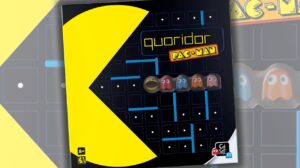
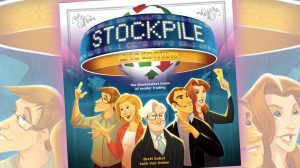

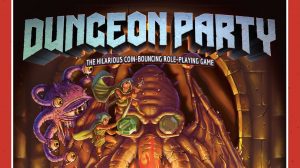


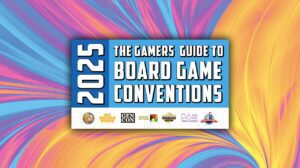
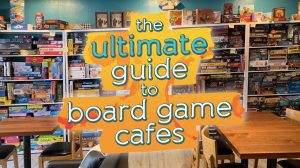
Add Comment